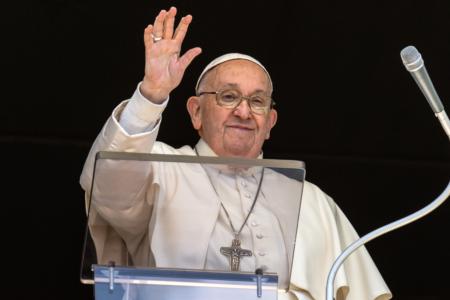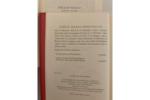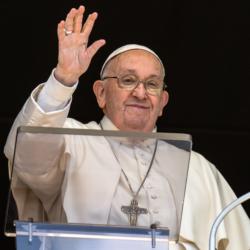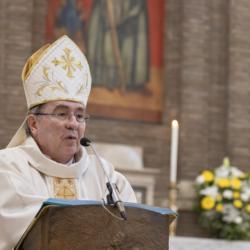Former employees to receive pension cash out figures
BRAINTREE -- About 2,000 former local Church employees will be receiving a letter in the coming week notifying them of the amount they can receive if they cash out of the archdiocese's Lay Pension Plan.
The cash out option was offered as part of the plan to revitalize the fund which was severely impacted by the economic downturn that began in 2008.
Carol Gustavson, the archdiocese's executive director for human resources, benefits and administration, said her office is currently sending information outlining the options to eligible former employees of various Catholic entities of the Archdiocese of Boston including the chancery, parishes and schools with vested benefits.
Active employees over 55, who will also have the option of cashing out their pension, are expected to receive their personalized information this fall.
Options include immediately cashing out of the archdiocese's pension fund by taking accrued benefits in one lump sum, an early annuity paid monthly or simply waiting until retirement age to collect benefits.
The archdiocese announced changes to its retirement benefit system last year, but the plan is just now able to provide each eligible former employee with his or her specific financial information.
Those former employees will have until April 30 to make this one-time, optional decision.
The lump sum would equal the amount the employee has now accrued reduced according to the pension plan's 2010 funded status, and the monthly annuity plan for former employees under age 55 would reflect early payout reductions and funded status.
Vested former employees age 55 or over will keep their option for monthly annuity payments reduced for early payout before age 65. However, these payments will not be reduced by the plan's funded status.
While nothing will happen to the existing accrued benefit for former employees who remain in the pension fund, trustees cannot guarantee full-value payments for one's entire life expectancy.
However, Gustavson said, "I think we are committed to meet our obligations. That's a firm commitment."
Fund trustees opted to freeze the plan last year because they deemed employer contributions and market performance could not guarantee to bridge the funding gap in future years.
Recent economic forecasts have projected further market volatility and "modest investment returns," for the plan Gustavson said.
"Any time you're in a defined benefit plan you need to have some or all of your assets in investment markets," Gustavson said.
"Our other avenue is to look to employers," she added. "Given the economic situation, for a lot of Catholic employers, asking them to pay more was just not realistic."
This one-time early disbursement option was identified as a way to further reduce the funding deficit.
"The benefit to the plan is it will reduce the overall size of the plan and it will reduce the deficit as a result," said Gustavson.
"The more we shrink the size of the deficit, that means less over time we have to ask employers to pay in contributions," Gustavson said. "It's a long term strategy. There won't be immediate savings."
Gustavson said other companies have frozen pensions in recent years and have gone to a defined contribution pension system like a 401(k).
Currently, archdiocesan employees can contribute to a 403(b) plan with no match by the employer.
However, Gustavson said that by early 2012, the archdiocese hopes to contribute two percent of an individual's salary to an employee-funded retirement account on top of the employee's contributions. The archdiocese would charge employers seven percent of a participant's salary, using the bulk of monies received to fund existing pension liabilities.
More online: www.catholicbenefits.org/pension



















